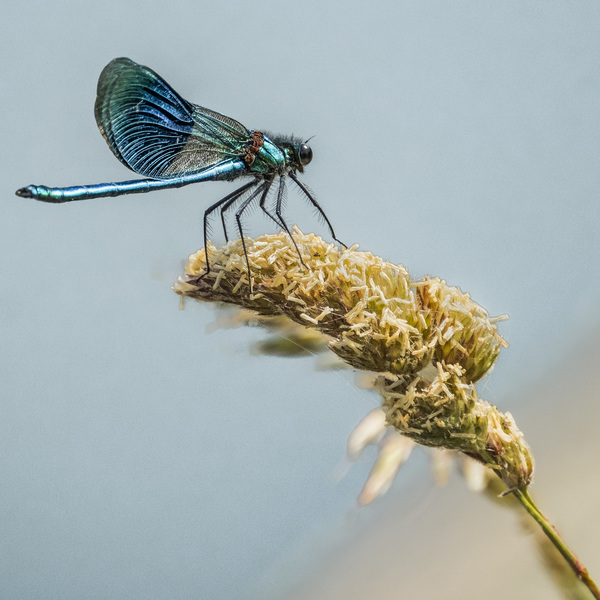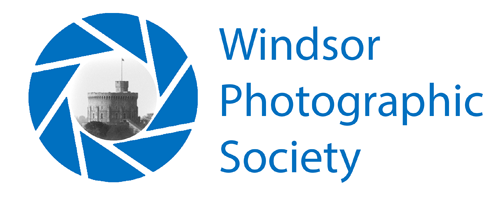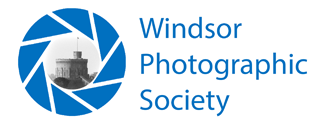
Image
“Iridescent Insect” by Neil Mountford
Technical
Camera Fuji XT-2 (24MP APS-C crop sensor)
Lense Fuji XF-100-400 f/4-5.6 w/1.4x converter
Shutter 1/1000sec
Aperture f/8
ISO 1000
FL 560mm
Time/Date 11.29am 20/06/2017
Location Flood Relief Windsor
Image Capture
The image was taken at the weir on the Flood Relief channel between Windsor and Dorney, which these creatures seem to love, especially on a hot day, which this certainly was even in the late morning. I visited the location specifically to photograph these insects, having seen them a few days previously on a bike ride. The weather was great for bugs, but not the best for capturing images of them due to the bugbear of outdoor macro photographers, swirling winds!
This meant having to shoot at nothing less than a shutter speed of 1/1000sec to avoid potential motion blurring; combine that with a 400mm lense with a maximum aperture of 5.6 at the long end, then add a 1.4x converter to get the reach you need at the expense of another stop, and you are at f8 as the biggest aperture available; hence the ISO 1000 in order to achieve the shutter speeds required
The image was not taken on a tripod, but rested on a fence at the edge of the weir; I can’t remember how far away the insect was, but having to use a 560mm focal length to get a half decent sized image of the subject in the frame, you are pretty thankful for a 5-stop image stabilization system that works remarkably well on the lense I was using
I used a single point AF point to capture the first image centred on the eye, and then moved the AF point to the wing…. and then it was gone, hence the out of focus bit on the tail. The background is actually mostly the defocussed water of the flood relief, reflecting the blue of the sky, providing a nicely unobtrusive backdrop to display the main subject against
Processing
Image Composite -As you may have guessed already from the above, the image is actually a composite of two original images with focal points centred on the eye and the wing of the insect. Normally I would use Zerene to focus stack the images, but this was problematical due to ghosting problems on the seed head below the insect. In this case the images were layered and masked in Photoshop, with one image of just the wings and tail section overlying the second image of the remainder, joined under the tail and across the thorax at the base of the wings
Crop/Composition – the final image is cropped to a square 3000 by 3000 pixels from an original 4000 by 6000 pixel image area; it was impossible to fill the subject in the frame to any greater degree without having to swim in the flood relief channel, in anticipation of any Robert Capa-esque suggestions that perhaps I should just have got closer! The image was rotated to set the grass stalk into the bottom right hand corner of the crop, and the top was cropped to set the insect tail at around the upper horizontal third; this generates a dynamic diagonal of the detail of the image from bottom right up to the main subject at upper left, but with a negative space top right for the insect to look -and potentially move - into, which is where it actually went immediately after the two shots were taken.
I have tried different aspect ratios, and a 3:2 horizontal works reasonably well, but pixel count is degrading rapidly if you are considering a A3-sized print possibility.
My biggest concern about the composition is that the seed head underneath the insect is too dominant in size compared with the size of the main subject -the seed head itself has some interesting detail in its own right, but I personally would have liked it to be quite a bit smaller.
The other element that I don’t like too much is the background bottom right, which is the blurred concrete edge of the waterway; it is much more obvious and dominant on the original uncropped image than the final image, but I know that it is there!
Colour/Tone- The colour palette is pretty much as shot. I took lots of images in this session, some I think technically better as far as the insect subject is concerned, but the others are largely set against dull grey/blue/green backgrounds; the insect itself looks good, but the vibrant blue-yellow combination of this image is much more visually appealing, at least to me. The colours have been processed in Lightroom, with a minor boost of vibrance and selective adjustments of saturation and luminance controls of spot sampled colour mixes, primarily affecting blue and yellow channels.
Tonal adjustments were largely to suppress whites and highlights on the seed head, as the exposure was spot metered on the single AF point centred on the insect; even so, the dynamic range was still very high and required shadow uplift using a localized brush mask in the darker areas on the underside of the insect.
Overall sharpening of the image was applied at +60 in Lightroom, but masked at 50% so as to not apply to the homogenous background areas; Clarity adjustment was applied at +15, but this was pre Texture days, and replacing with that would give a slightly less “over-processed” outcome
Overall I was reasonably pleased with the image, at least to the point of doing some extended work on it, my usual filter for which is “Is it worth printing”? It got past the first filter as an A4 print, but not any further, which would then have been “Is it worth a larger scale print”? and after that “Could it be a print competition entry”?/ “Could I put it in a frame at home”? Thus the pitfalls of the camera club competition mentality…….

